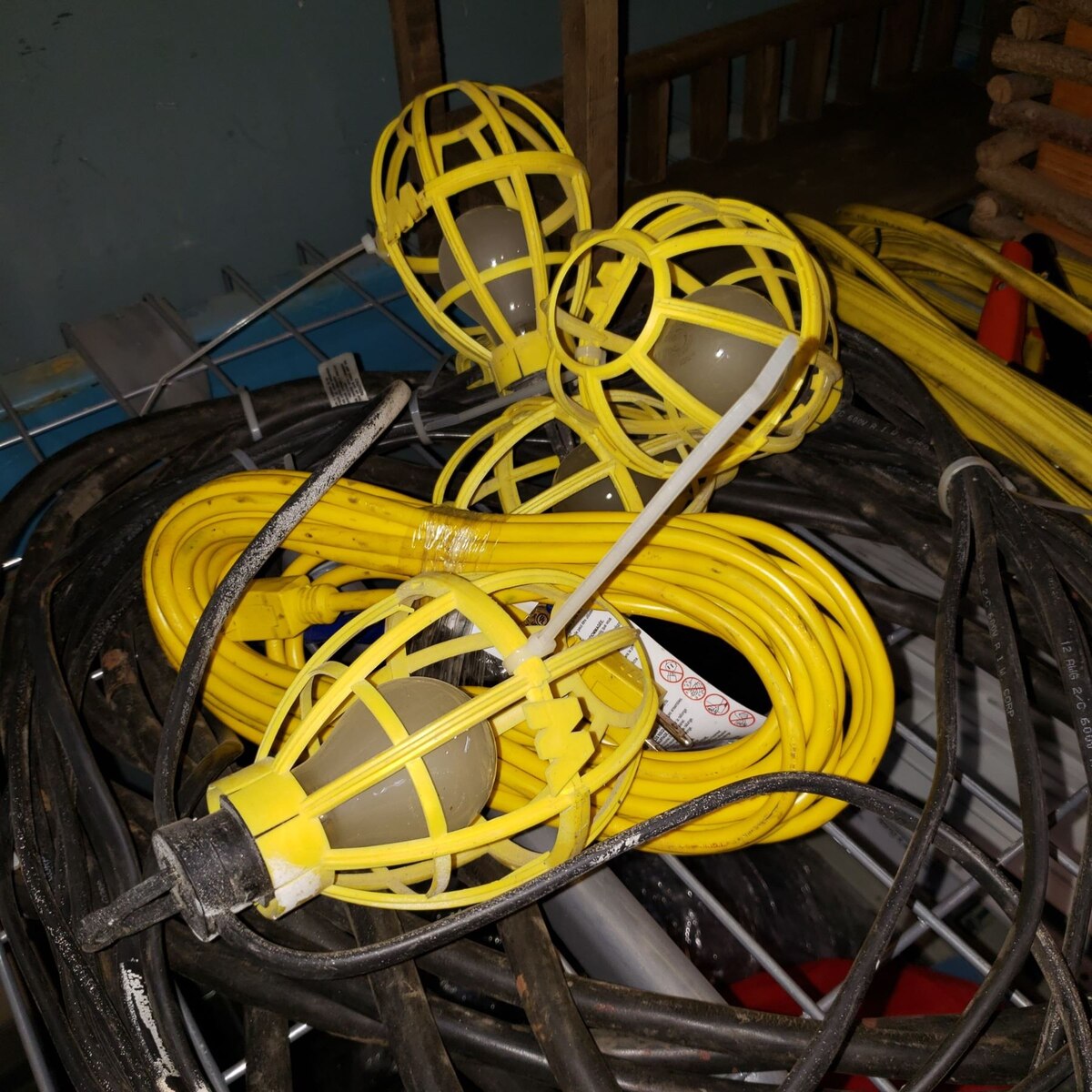

Articles
Why Is My Extension Cord Light Flickering
Modified: May 6, 2024
Discover helpful articles on why your extension cord light is flickering and learn how to fix it. Explore our expert tips and advice.
(Many of the links in this article redirect to a specific reviewed product. Your purchase of these products through affiliate links helps to generate commission for Storables.com, at no extra cost. Learn more)
Introduction
Extension cords are a convenient way to extend the reach of power outlets, allowing us to power electrical devices and appliances in various locations. However, it can be frustrating and concerning when the lights connected to an extension cord start flickering. What could be causing this flickering phenomenon? In this article, we will explore the potential causes of light flickering in extension cords and provide troubleshooting tips to help you resolve the issue.
Before delving into the potential causes, it’s important to have a basic understanding of extension cords. An extension cord is a flexible electrical cable with a plug at one end and one or multiple sockets at the other end. They come in different lengths and sizes, allowing users to plug in multiple devices at a distance from the power source. Extension cords are commonly used in homes, offices, and outdoor settings where a fixed power outlet may not be easily accessible.
Now, let’s move on to the possible causes of light flickering in extension cords. Understanding these causes can help you troubleshoot and address the issue effectively.
Key Takeaways:
- Extension cords can cause light flickering due to overloaded circuits, poor connections, damaged wiring, and voltage fluctuations. Troubleshooting tips include checking connections, inspecting for damage, and using a voltage tester.
- If light flickering persists, seek professional help to address complex electrical issues and ensure safety. Prioritize proper maintenance and consult a qualified electrician for a reliable and safe resolution.
Read more: Why Is My Ceiling Light Flickering?
Understanding Extension Cords
Before we delve into the causes of light flickering in extension cords, let’s gain a better understanding of how these cords work. Extension cords are designed to provide a temporary solution for powering electrical devices that are located far away from a power source. They consist of three main components:
- Plug: The plug is the part of the extension cord that is inserted into a power outlet. It is typically a three-pronged plug, with two flat prongs and a round grounding prong.
- Cable: The cable is the long, flexible electrical wire that connects the plug to the socket end of the extension cord. The cable is insulated to protect against electrical shocks and damage.
- Sockets: The sockets are located at the end of the extension cord and provide a means to connect electrical devices. They are typically designed to accommodate multiple plugs.
Extension cords come in different sizes and gauges, which determine their power capacity. The gauge refers to the thickness of the wire inside the extension cord. Smaller gauge numbers, such as 12 or 10, indicate thicker wires and higher power capacities. Larger gauge numbers, such as 16 or 18, indicate thinner wires and lower power capacities.
It’s important to choose an extension cord with an appropriate gauge and length for your electrical needs. Using an extension cord with insufficient capacity can lead to overheating, voltage drops, and potentially damage to your electrical devices.
Extension cords should also be used as a temporary solution, rather than a permanent wiring solution. If you find that you consistently need to use extension cords to power your devices, it’s advisable to consider installing additional power outlets in the desired locations.
Now that we have a better understanding of extension cords, let’s explore the potential causes of light flickering and how to troubleshoot them.
Causes of Light Flickering
When your lights connected to an extension cord start flickering, it can be an indication of an underlying issue. Several factors can contribute to this problem. Let’s explore the possible causes:
- Overloaded Circuits: One common cause of light flickering is overloading the circuit. Extension cords have a limited power capacity based on their gauge. If you connect too many devices or appliances that draw too much power to a single extension cord, it can overload the circuit and cause the lights to flicker.
- Poor Connection: Another cause of light flickering is a poor connection between the extension cord and the socket. If the plug is loose or not fully inserted into the socket, it can result in an inconsistent flow of electricity, leading to flickering lights.
- Damaged Wiring: If the extension cord has frayed or damaged wiring, it can cause intermittent power supply and result in the lights flickering. Over time, the wire insulation may wear off due to physical damage or wear and tear, exposing the wires and compromising the electrical connection.
- Voltage Fluctuations: Voltage fluctuations in the power supply can also lead to light flickering. Fluctuations can occur due to various reasons, such as power grid issues, electrical storms, or faulty equipment. When the voltage fluctuates, it can affect the stability of the electrical current flowing through the extension cord, resulting in flickering lights.
These are the main causes of light flickering in extension cords. Now that we have identified the potential culprits, let’s move on to some troubleshooting tips to help you resolve the issue.
Overloaded Circuits
One of the common causes of light flickering in extension cords is an overloaded circuit. Extension cords are designed to handle a certain amount of power based on their gauge. If you connect too many devices or appliances that draw too much power to a single extension cord, it can exceed its power capacity and overload the circuit.
When an extension cord circuit is overloaded, the increased electrical demand can result in voltage drops. This can cause the lights connected to the extension cord to flicker. It is important to note that overloading a circuit not only poses a risk of flickering lights but can also lead to overheating and potential fire hazards.
To prevent overloading the circuit and resolve the issue of light flickering, consider the following steps:
- Determine the power requirements: Before connecting multiple devices or appliances to an extension cord, check and calculate their power requirements. Each electrical device will have a wattage or amperage rating specified on its label or in its user manual. Make sure to add up the power requirements to ensure that they do not exceed the capacity of the extension cord and circuit.
- Use multiple circuits: If you have multiple devices that require a significant amount of power, consider spreading them across different circuits. Plugging them into separate outlets on different circuits can help distribute the electrical load and prevent overloading.
- Upgrade the extension cord: If you frequently find the need to connect multiple high-powered devices, consider upgrading to an extension cord with a higher gauge. Thicker-gauge extension cords have a higher power capacity and can handle greater electrical loads without overloading the circuit.
- Consider permanent wiring solutions: If you consistently require a high number of devices or appliances in a specific area, it may be worth considering installing additional power outlets. This allows you to distribute the electrical load efficiently and reduce the need for extension cords.
By following these steps, you can prevent overloading the circuit and reduce the chances of light flickering in your extension cords. However, if you have already taken these precautions and the lights continue to flicker, there may be other underlying causes to consider.
Poor Connection
Another common cause of light flickering in extension cords is a poor connection between the cord and the socket. When the plug is loose or not fully inserted into the socket, it can result in an inconsistent flow of electricity, leading to flickering lights.
A poor connection can occur for several reasons. It could be due to the plug not being inserted properly, a loose socket, or worn-out components. To resolve the issue of poor connection and eliminate light flickering, consider the following troubleshooting tips:
- Check the plug: Ensure that the plug is securely inserted into the socket. Give it a gentle push to ensure a proper connection. Sometimes, the plug may not have been fully inserted, or it may have become loose over time.
- Inspect the socket: Examine the socket for any signs of damage or looseness. If the socket is loose, it may be causing a poor connection. In such cases, it is advisable to contact a qualified electrician to repair or replace the socket.
- Replace worn-out components: If you notice that the prongs of the plug are bent or damaged, it is best to replace the plug altogether. Using a damaged plug can result in an unstable electrical connection, leading to light flickering and potential safety hazards.
- Consider using plug adapters: In some cases, the flickering lights may be caused by a mismatch between the plug and the socket. Using a plug adapter can help ensure a secure connection between the cord and the outlet. However, it is important to ensure that the adapter is of good quality and properly rated for the electrical load.
By checking and securing the connections between the extension cord and the socket, you can eliminate the issue of poor connection and reduce the chances of light flickering. However, if the lights continue to flicker despite proper connections, there may be other factors contributing to the problem.
Read more: Why Is My Porch Light Flickering
Damaged Wiring
One of the potential causes of light flickering in extension cords is damaged wiring. Over time, extension cords can undergo wear and tear, leading to frayed or damaged wires. When the wiring inside the extension cord becomes compromised, it can result in an inconsistent flow of electricity, leading to flickering lights.
Damaged wiring can occur due to various factors, including physical damage, improper handling, or age-related deterioration. To address the issue of light flickering caused by damaged wiring, consider the following troubleshooting tips:
- Inspect the extension cord: Carefully examine the entire length of the extension cord for any signs of damage, such as frayed or exposed wires. Pay close attention to areas near the plug and socket, as these tend to experience the most stress and wear. If you notice any damage, it is important to replace the extension cord to prevent any potential safety hazards.
- Repair or replace damaged cords: If you identify specific areas of damage, such as a small cut or frayed section, you may be able to repair the cord using electrical tape. However, it is essential to exercise caution when attempting any repair and ensure that the repair is secure. If the damage is extensive or the wires are significantly compromised, it is best to replace the entire extension cord.
- Consider using strain-relief devices: Strain-relief devices, such as cord grips or cord protectors, can help alleviate stress on the wiring and prevent damage. These devices attach to the ends of the extension cord, providing additional support and protection against bending or pulling forces.
- Avoid excessive bending or twisting: Excessive bending or twisting of the extension cord can strain the wires and lead to damage over time. When using an extension cord, try to position it in a straight or gently curved path to minimize stress on the wiring.
- Substitute with a new extension cord: If you have inspected the extension cord and found significant damage or suspect that the wiring is compromised, it is advisable to replace the cord altogether. Using a new, undamaged extension cord ensures a reliable and safe electrical connection.
By inspecting for physical damage, repairing or replacing damaged cords, and taking precautions to protect the wires, you can address the issue of light flickering caused by damaged wiring. However, if the lights continue to flicker despite these measures, there may be other underlying factors to investigate.
Voltage Fluctuations
Voltage fluctuations in the power supply can be another cause of light flickering in extension cords. Fluctuations in voltage can occur due to various factors, including power grid issues, electrical storms, or faulty equipment. When the voltage fluctuates, it can affect the stability of the electrical current flowing through the extension cord, leading to flickering lights.
To address the issue of light flickering caused by voltage fluctuations, consider the following troubleshooting tips:
- Check the power supply: Determine if the flickering lights occur simultaneously with other appliances or lights in your home or building. If multiple devices are experiencing the same flickering issue, it could indicate a problem with the power supply. Contact the utility company or a qualified electrician to investigate and resolve any power supply issues.
- Protect against power surges: Power surges can also contribute to voltage fluctuations. Consider using surge protectors or power strips with built-in surge protection to safeguard your electrical devices against sudden spikes in voltage. These devices can help stabilize the power supply and reduce the risk of light flickering.
- Unplug unnecessary devices: Unplugging devices that are not in use can help reduce the electrical load on the power supply. By minimizing the number of devices connected to the extension cord, you can decrease the chances of voltage fluctuations and subsequent light flickering.
- Test with a different outlet: If possible, try plugging the extension cord into a different power outlet to see if the light flickering persists. Sometimes, the issue may be specific to a particular circuit or outlet. Testing with a different outlet can help narrow down the cause and determine if further investigation or repairs are necessary.
- Consider a voltage stabilizer: If voltage fluctuations are a frequent problem in your area, investing in a voltage stabilizer or regulator may be beneficial. These devices regulate and stabilize the voltage, providing a consistent power supply to your electrical devices. Consult with a qualified electrician to determine the appropriate voltage stabilizer for your needs.
By checking the power supply, protecting against power surges, unplugging unnecessary devices, testing with a different outlet, and considering a voltage stabilizer, you can address the issue of light flickering caused by voltage fluctuations. However, if the lights continue to flicker despite these measures, it may be necessary to seek professional assistance to diagnose and resolve the underlying issue.
Check for loose connections or damaged wires in the extension cord. Replace the cord if necessary to prevent flickering and reduce the risk of electrical hazards.
Troubleshooting Tips
When you are experiencing light flickering in your extension cord, it can be frustrating and concerning. To help you troubleshoot and resolve the issue, here are some tips to consider:
- Check and Secure Connections: Ensure that the plug on the extension cord is securely inserted into the power outlet and that the connections are tight. Loose or poorly secured connections can lead to an unreliable electrical flow and cause the lights to flicker. Give the plug a gentle push to ensure a proper connection.
- Inspect for Physical Damage: Carefully examine the entire length of the extension cord for any signs of damage, such as frayed or exposed wires. Damaged wiring can result in an inconsistent flow of electricity, leading to light flickering. If you notice any damage, it is important to replace the extension cord to prevent any potential safety hazards.
- Use a Voltage Tester: A voltage tester is a handy tool that can help you identify any voltage fluctuations or irregularities in the electrical current. By using a voltage tester, you can determine whether the issue lies with the extension cord, the power outlet, or the overall power supply.
- Test with a Different Appliance: Sometimes, the flickering lights may be caused by a faulty appliance rather than the extension cord itself. Try plugging a different appliance into the same extension cord to see if the lights continue to flicker. If the lights remain stable with another appliance, it may indicate that the original appliance is causing the issue.
- Seek Professional Help if Needed: If you have attempted these troubleshooting tips and the lights connected to the extension cord continue to flicker, it may be necessary to seek the assistance of a qualified electrician. They have the expertise to diagnose and address any underlying electrical issues that may be causing the problem.
Remember, it is essential to prioritize safety when dealing with electrical issues. If you are uncertain or uncomfortable troubleshooting the problem on your own, it is always recommended to consult with a professional to ensure a safe and reliable resolution.
By following these troubleshooting tips and considering the possible causes discussed earlier, you can effectively diagnose and resolve the issue of light flickering in your extension cord. Remember to exercise caution when handling electrical devices and always prioritize safety.
Check and Secure Connections
One of the first things to do when faced with light flickering in your extension cord is to check and secure the connections. A loose or poorly secured connection between the extension cord and the power outlet can result in an inconsistent flow of electricity, leading to flickering lights.
To effectively check and secure the connections, follow these steps:
- Ensure Proper Insertion: Take a close look at the plug of the extension cord and make sure it is properly inserted into the power outlet. Sometimes, the plug may not have been fully inserted or may have become loose over time. Give it a gentle push to ensure a secure connection.
- Inspect for Loose Sockets: Examine the socket where the extension cord is plugged in and check if it is loose. A loose socket can cause intermittent power supply and result in the lights flickering. If you find a loose socket, it is advisable to contact a qualified electrician to repair or replace it for a secure connection.
- Replace Worn-out Components: Check the prongs of the plug for any signs of damage or wear. Over time, the prongs can become bent or damaged, resulting in a poor connection. If you notice any issues with the prongs, it is best to replace the plug altogether to ensure a secure electrical connection.
- Consider Using Plug Adapters: In some cases, the flickering lights may be caused by a mismatch between the plug and the socket. As a temporary solution, you can try using a plug adapter to ensure a tight and secure connection. However, it is important to use high-quality adapters that are properly rated for the electrical load to avoid any safety hazards.
By checking and securing the connections between the extension cord and the power outlet, you can eliminate loose or unreliable connections that can lead to light flickering. However, if the lights continue to flicker despite proper connections, it may be necessary to explore other potential causes and troubleshooting methods.
Remember to always prioritize safety when dealing with electrical connections. If you are unsure or uncomfortable handling electrical devices or connections, it is advisable to seek the help of a professional electrician to ensure a safe and reliable resolution.
Read more: Why Is My Outdoor Led Light Flickering
Inspect for Physical Damage
When experiencing light flickering in your extension cord, it is essential to inspect the cord for any signs of physical damage. Damaged wiring can cause an inconsistent flow of electricity, leading to flickering lights. By carefully examining the cord for damage, you can identify and address any issues that may be causing the problem.
Follow these steps to inspect your extension cord for physical damage:
- Thoroughly Examine the Cord: Take your time to visually inspect the entire length of the extension cord. Look for any signs of damage, such as frayed or exposed wires, cuts, or abrasions. Pay close attention to areas near the plug and socket, as these are common areas of stress and wear.
- Check for Bent or Damaged Prongs: Inspect the plug of the extension cord and ensure that the prongs are not bent or damaged. Bent prongs can prevent a secure connection and lead to flickering lights. If you notice any issues with the prongs, it is advisable to replace the plug altogether.
- Feel for Heat: While inspecting the cord, run your hands along its length to check for areas that feel unusually hot. Excessive heat can indicate an electrical issue, such as an overloaded circuit or damaged wiring. If you notice any hot spots, it is best to stop using the cord immediately and replace it.
- Repair or Replace Damaged Sections: If you identify specific areas of damage, such as a small cut or frayed section, you may be able to repair the cord using electrical tape. However, it is important to exercise caution when attempting any repair and ensure that the repair is secure. If the damage is extensive or the wires are significantly compromised, it is best to replace the entire extension cord.
- Consider Strain Relief Devices: To prevent future damage, consider using strain relief devices such as cord grips or cord protectors. These devices attach to the ends of the extension cord and provide additional support and protection against bending or pulling forces.
By inspecting your extension cord for physical damage, you can identify any potential issues that may be causing the light flickering. If you discover any damage, it is important to address it promptly to prevent further problems and ensure your safety. Always prioritize safety when dealing with electrical devices and connections. If you are uncertain about conducting the inspection or repairing the cord, it is recommended to seek the assistance of a qualified electrician for professional guidance.
Use a Voltage Tester
When dealing with light flickering in your extension cord, using a voltage tester can be a valuable troubleshooting tool. A voltage tester allows you to measure the voltage and identify any irregularities or fluctuations in the electrical current. By using a voltage tester, you can pinpoint the source of the problem and gather valuable information to resolve the issue.
Follow these steps to use a voltage tester effectively:
- Select a Voltage Tester: There are different types of voltage testers available, including non-contact voltage testers and digital multimeters. Choose a voltage tester that suits your needs and make sure it is properly calibrated for accurate measurements.
- Turn Off Power: Before using the voltage tester, turn off the power to the circuit or outlet that you will be testing. This is crucial to ensure your safety and prevent any potential electrical shocks.
- Test the Voltage: With the power turned off, insert one probe of the voltage tester into the hot slot of the outlet (typically the smaller vertical slot) and the other probe into the neutral slot (typically the larger slot) or the grounding hole. The voltage tester will indicate the voltage reading if the outlet is functioning correctly.
- Compare Readings: Compare the voltage reading from the outlet to the intended voltage rating. In most residential settings, the voltage should be around 120 volts. Significant variations from this standard reading may indicate issues with the power supply or the circuit.
- Test the Extension Cord: If the outlet is functioning correctly, proceed to test the extension cord. Insert one probe into the prong of the extension cord plug and the other probe into the grounding hole. Check the voltage reading and compare it to the intended voltage rating. Fluctuating or significantly different readings could indicate a problem with the extension cord.
- Seek Professional Help if Needed: If you are unsure about using a voltage tester or if the readings indicate significant electrical issues, it is advisable to seek the assistance of a qualified electrician. They have the expertise to diagnose and resolve any underlying electrical problems safely and effectively.
By using a voltage tester, you can gather valuable information about the electrical current and identify any irregularities that may be causing the light flickering. Remember to always prioritize your safety when working with electricity and seek professional help if you are unsure about conducting the tests or interpreting the results.
Test with a Different Appliance
If you are experiencing light flickering in your extension cord, it is essential to determine if the issue lies with the cord itself or with the appliance you are using. Testing the extension cord with a different appliance can help you identify whether the problem is specific to a particular device or if it is related to the cord.
Follow these steps to test the extension cord with a different appliance:
- Select a Different Appliance: Choose a different electrical device or appliance that has a similar power requirement to the one you were using when the flickering occurred. For example, if you were using a lamp, try plugging in a different lamp or another electrical device that draws a similar amount of power.
- Plug the Appliance into the Extension Cord: Disconnect the original appliance from the extension cord and plug in the different appliance instead. Ensure that the plug is fully inserted and secured in the socket of the extension cord.
- Observe the Lights: Turn on the different appliance and observe the lights connected to the extension cord. If the lights remain stable and do not flicker with the different appliance, it suggests that the original appliance may be the cause of the problem. Consider inspecting or replacing the original appliance to resolve the issue.
- Repeat the Test: To confirm the results, you can also repeat the test with the original appliance, plugging it directly into a power outlet instead of using the extension cord. If the lights connected to the original appliance continue to flicker even without the extension cord, it indicates a problem with the appliance itself.
By testing the extension cord with a different appliance, you can determine if the light flickering is caused by the extension cord or a specific appliance. This helps narrow down the potential causes and allows you to take appropriate steps to address the issue.
Keep in mind that if the lights continue to flicker regardless of the appliance used or the power source, it may indicate a more complex electrical issue. In such cases, it is advisable to seek the help of a qualified electrician to diagnose and resolve the underlying problem.
Seek Professional Help if Needed
If you have exhausted troubleshooting methods and the lights connected to your extension cord continue to flicker, it may be time to seek the assistance of a qualified electrician. Electrical issues can be complex and potentially hazardous, and a professional can provide the expertise needed to diagnose and resolve the problem safely and effectively.
Here are some reasons to consider seeking professional help:
- Complex Electrical Problems: If the light flickering issue persists despite your attempts to troubleshoot and resolve it, it could be an indication of more complex electrical problems. A professional electrician has the knowledge and experience to identify the root cause of the issue and implement the necessary repairs or replacements.
- Safety Concerns: Dealing with electricity can pose safety risks, especially if you are not familiar with electrical systems. A professional electrician is trained in electrical safety protocols and can ensure that the necessary precautions are taken throughout the troubleshooting and repair process, reducing the risk of accidents or injuries.
- Compliance with Electrical Codes: Electrical work is subject to building codes and regulations. By hiring a professional electrician, you can ensure that any necessary repairs or modifications to your electrical system are in compliance with these codes. This can provide peace of mind and potentially prevent future issues or safety hazards.
- Efficiency and Time-Saving: A professional electrician has the expertise and specialized tools to quickly identify and resolve electrical issues. By seeking their help, you can save time and avoid unnecessary frustration in trying to fix the problem on your own.
- Prevent Further Damage: If you suspect that the issue goes beyond the extension cord and may involve the wiring in your home or office, it is crucial to involve a professional electrician. Electrical problems can worsen over time and may lead to more significant damage or safety hazards if not addressed promptly and correctly.
When seeking a professional electrician, consider hiring licensed and insured individuals or companies with a reputable track record. Obtain multiple quotes if necessary and communicate your concerns and observations clearly to ensure a thorough diagnosis and efficient resolution of the issue.
Remember, it is always better to prioritize safety and involve a professional when in doubt or when dealing with complex electrical issues. Their expertise can help you resolve the problem effectively and efficiently, ensuring the safety and functionality of your electrical system.
Read more: Why Does My Power Strip Light Flicker
Conclusion
Experiencing light flickering in your extension cord can be a perplexing and frustrating issue. However, by understanding the potential causes and following the appropriate troubleshooting steps, you can effectively resolve the problem and ensure safe and reliable electrical connections.
In this article, we explored several possible causes of light flickering in extension cords, including overloaded circuits, poor connections, damaged wiring, and voltage fluctuations. We discussed various troubleshooting tips, such as checking and securing connections, inspecting for physical damage, using voltage testers, and testing with different appliances. While these steps can help identify and resolve many common issues, it’s important to prioritize safety and consult with a qualified electrician if necessary.
Remember to choose the right extension cord for your needs, ensuring that it has an appropriate gauge and length. Avoid overloading the circuit by calculating the power requirements of your devices and spreading them across multiple circuits when necessary. Regularly inspect your extension cords for physical damage and address any issues promptly to prevent further problems.
If the flickering lights persist despite your efforts, or if you encounter complex electrical problems or safety concerns, seeking professional help is advisable. A qualified electrician can diagnose and address the underlying issues, ensuring a safe and effective resolution.
By following these guidelines and prioritizing safety, you can enjoy the convenience and functionality of your extension cords without the annoyance of light flickering. Remember to always exercise caution when working with electricity and seek professional assistance when needed. With proper maintenance and attention, you can maintain a reliable and safe electrical system for your home or office.
Now that you've learned how to address flickering lights in extension cords, why not extend your handy skills further? Maintaining a home isn't just about fixing immediate issues; it's also about preventive care. Our next read offers valuable insights into routine checks and fixes that can save you from future headaches. Keep your living space in top shape by discovering what routine home maintenance tasks are essential. This guide will not only help you identify potential problems before they escalate but also equip you with the knowledge to tackle them effectively.
Frequently Asked Questions about Why Is My Extension Cord Light Flickering
Was this page helpful?
At Storables.com, we guarantee accurate and reliable information. Our content, validated by Expert Board Contributors, is crafted following stringent Editorial Policies. We're committed to providing you with well-researched, expert-backed insights for all your informational needs.
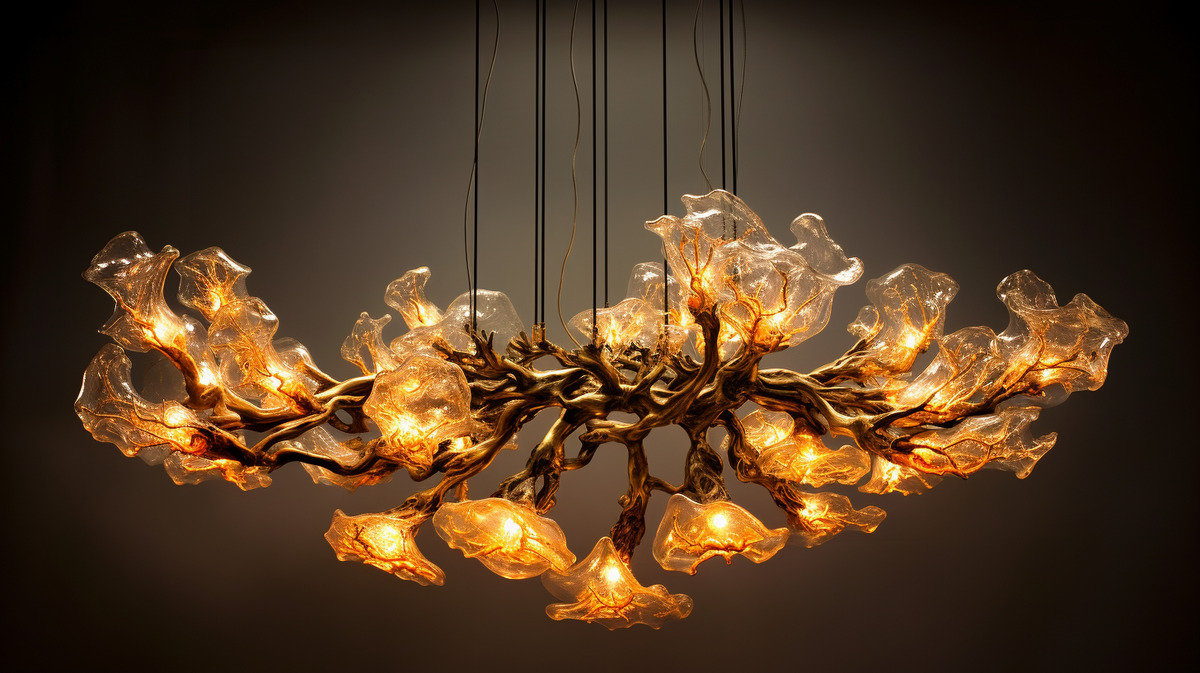
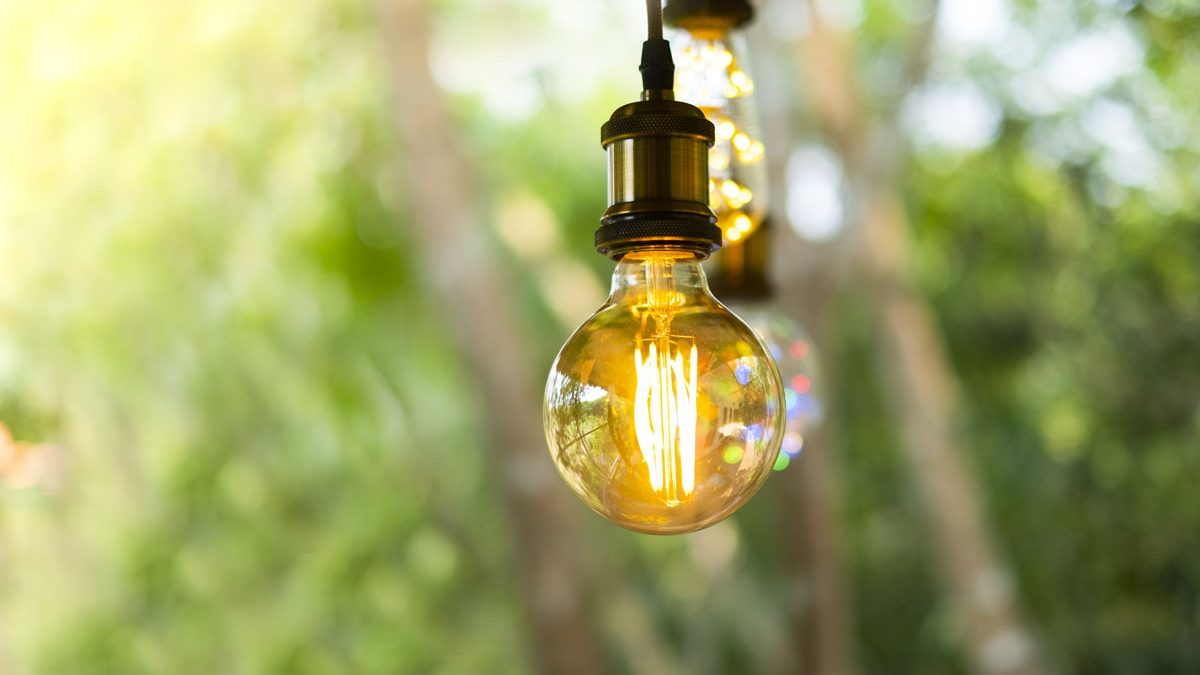
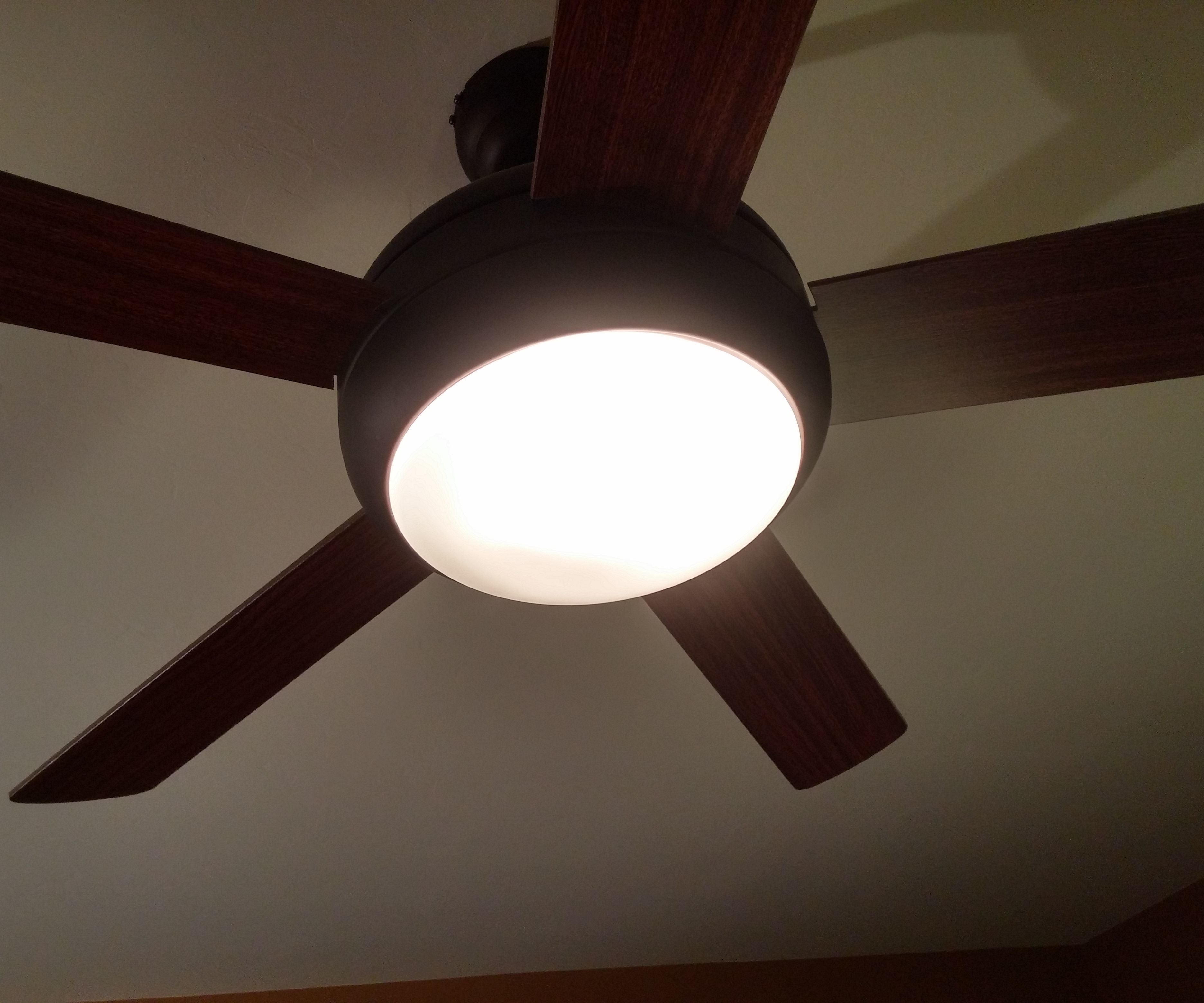
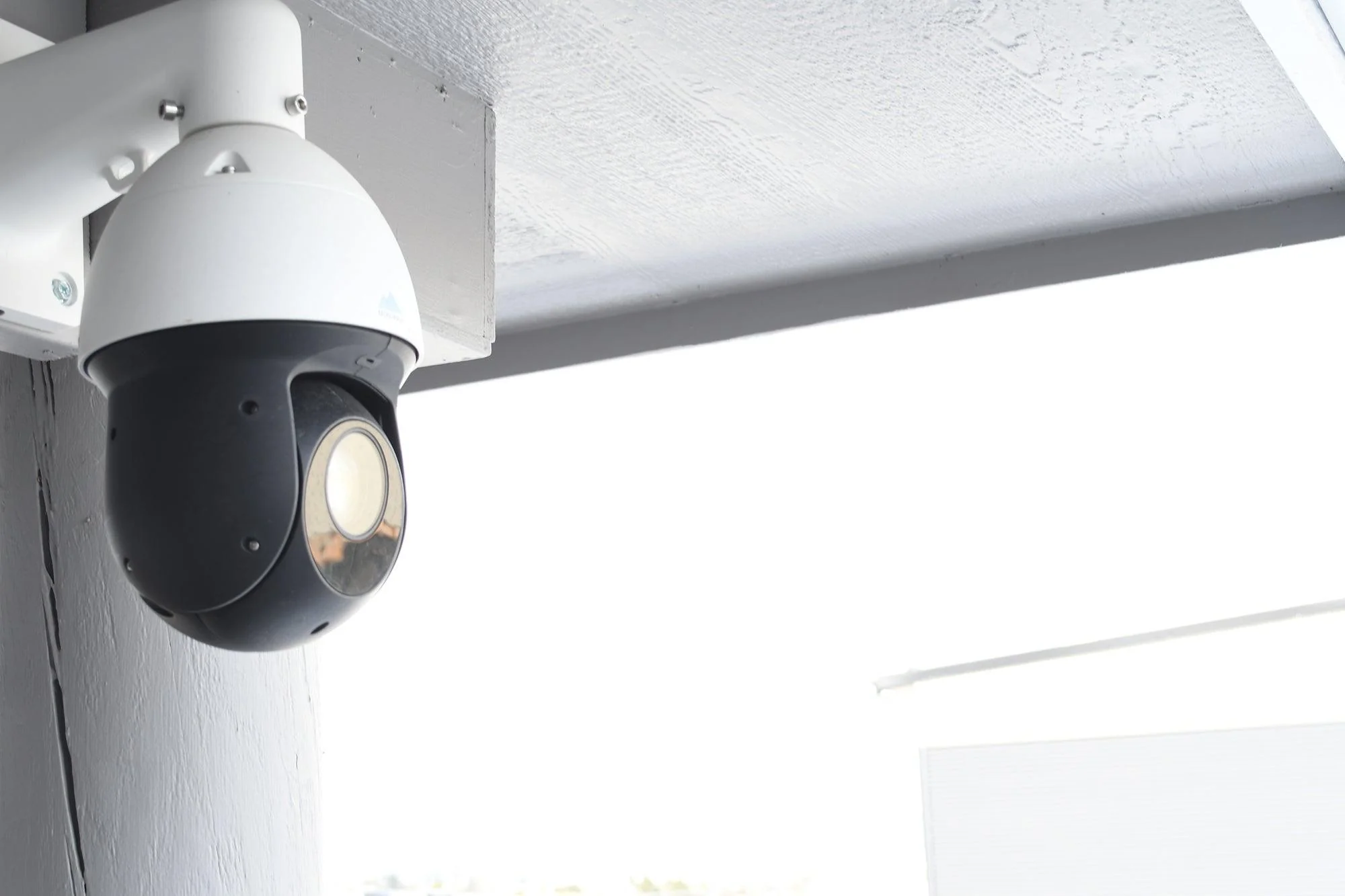
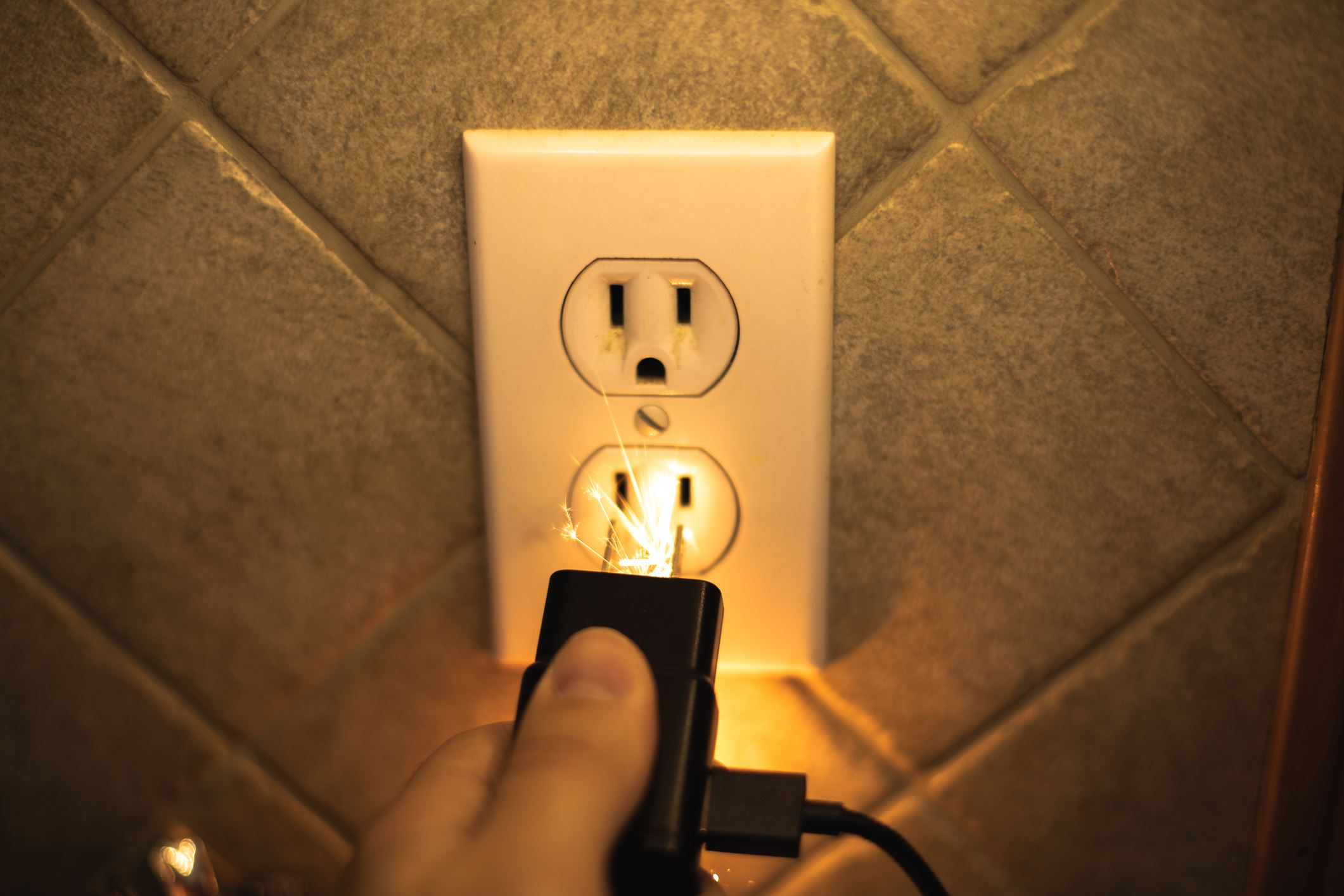
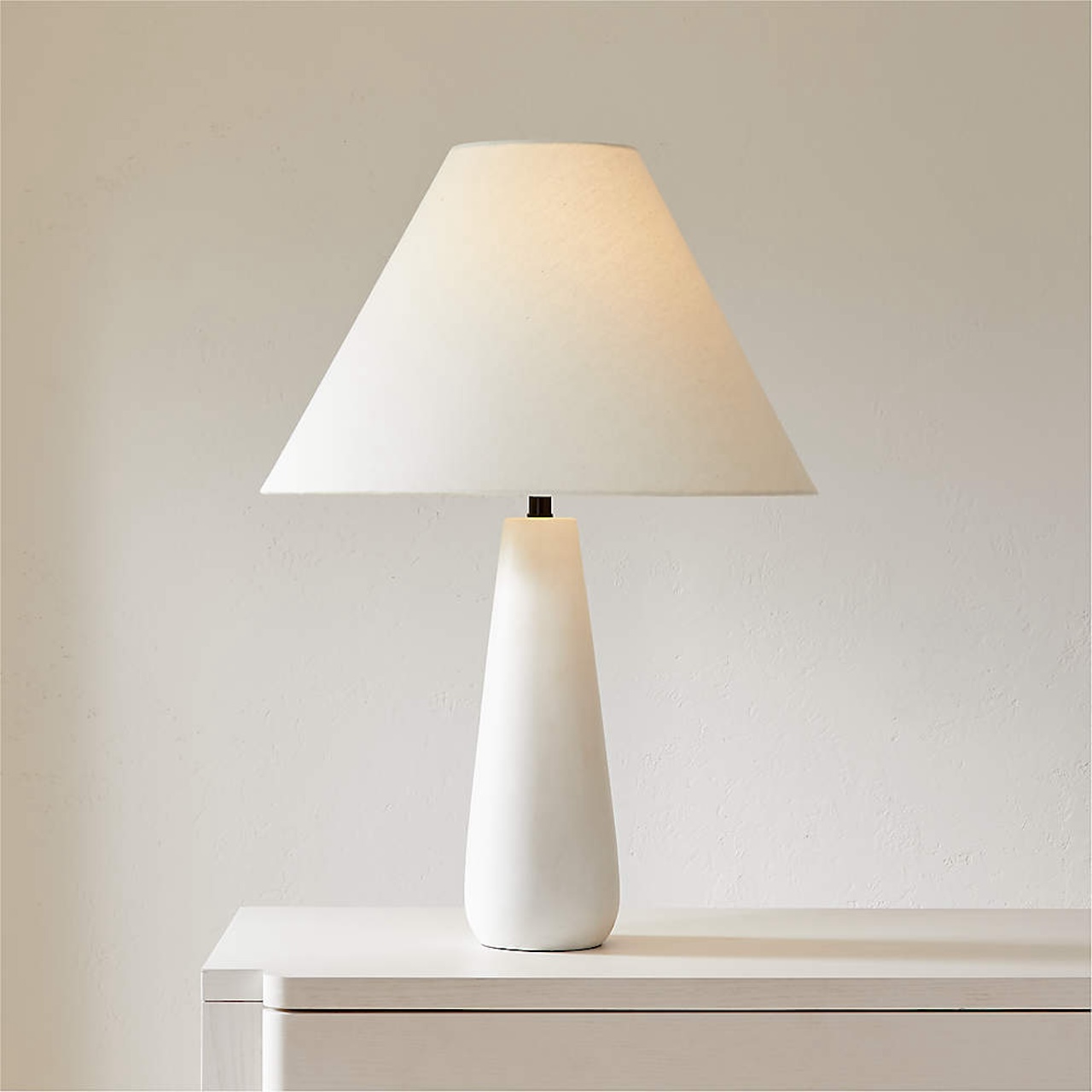
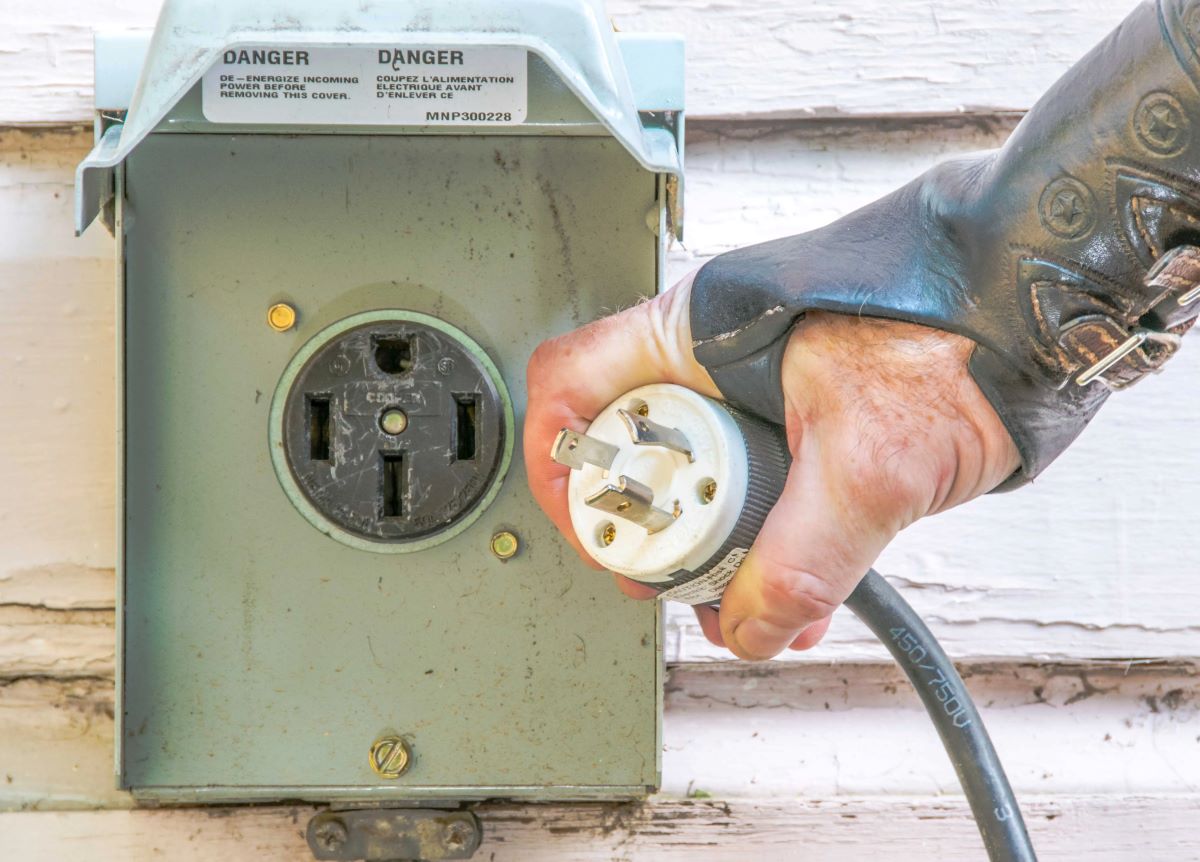
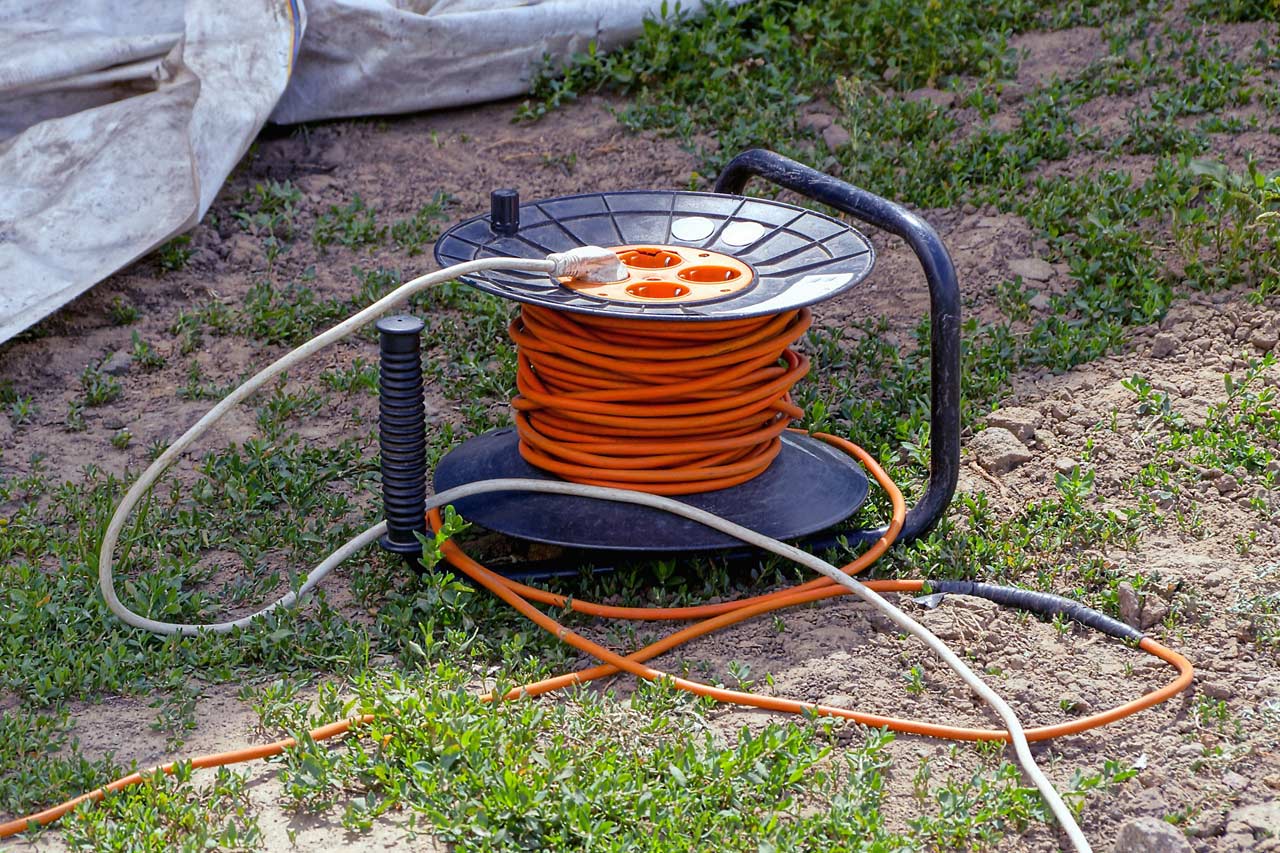
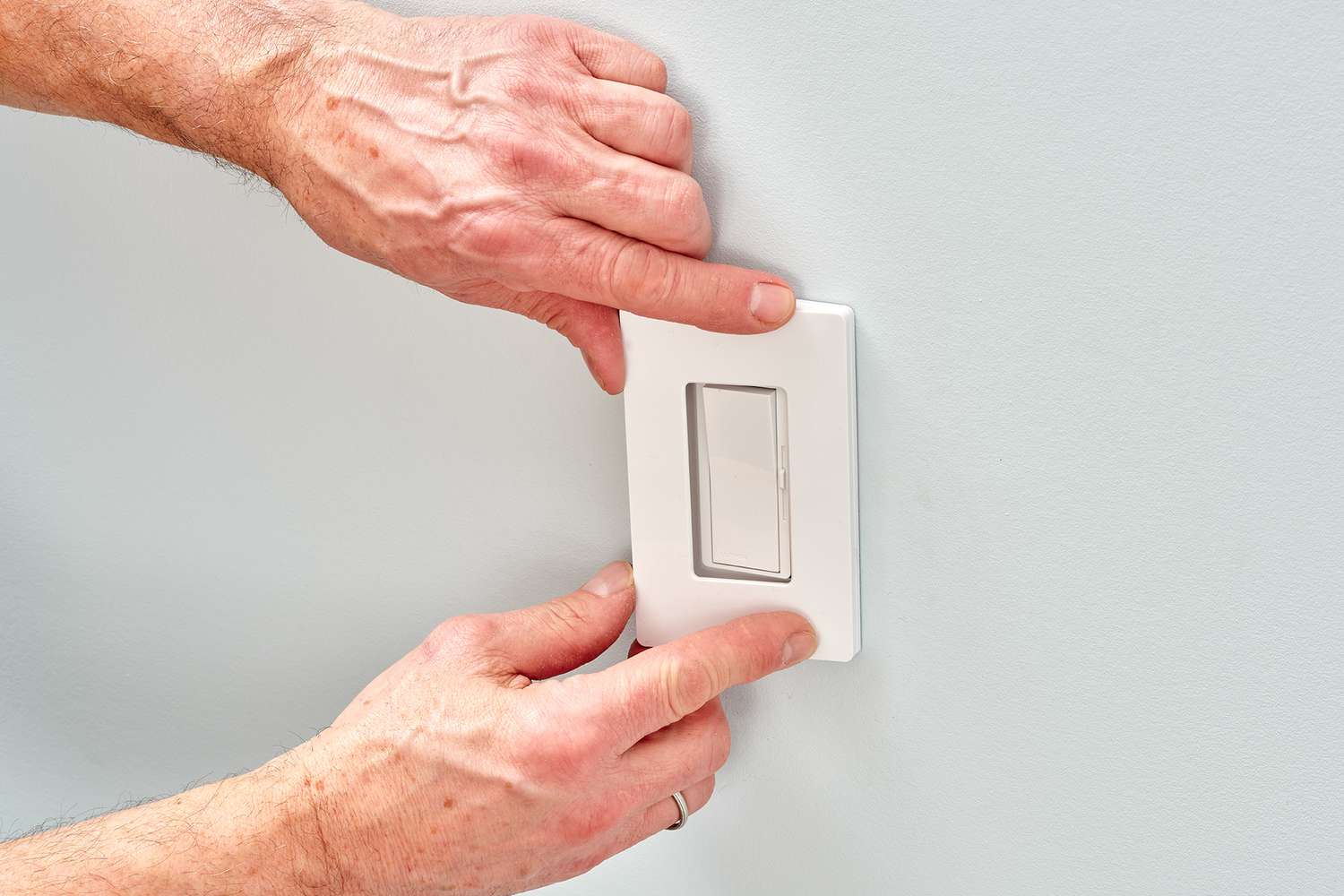

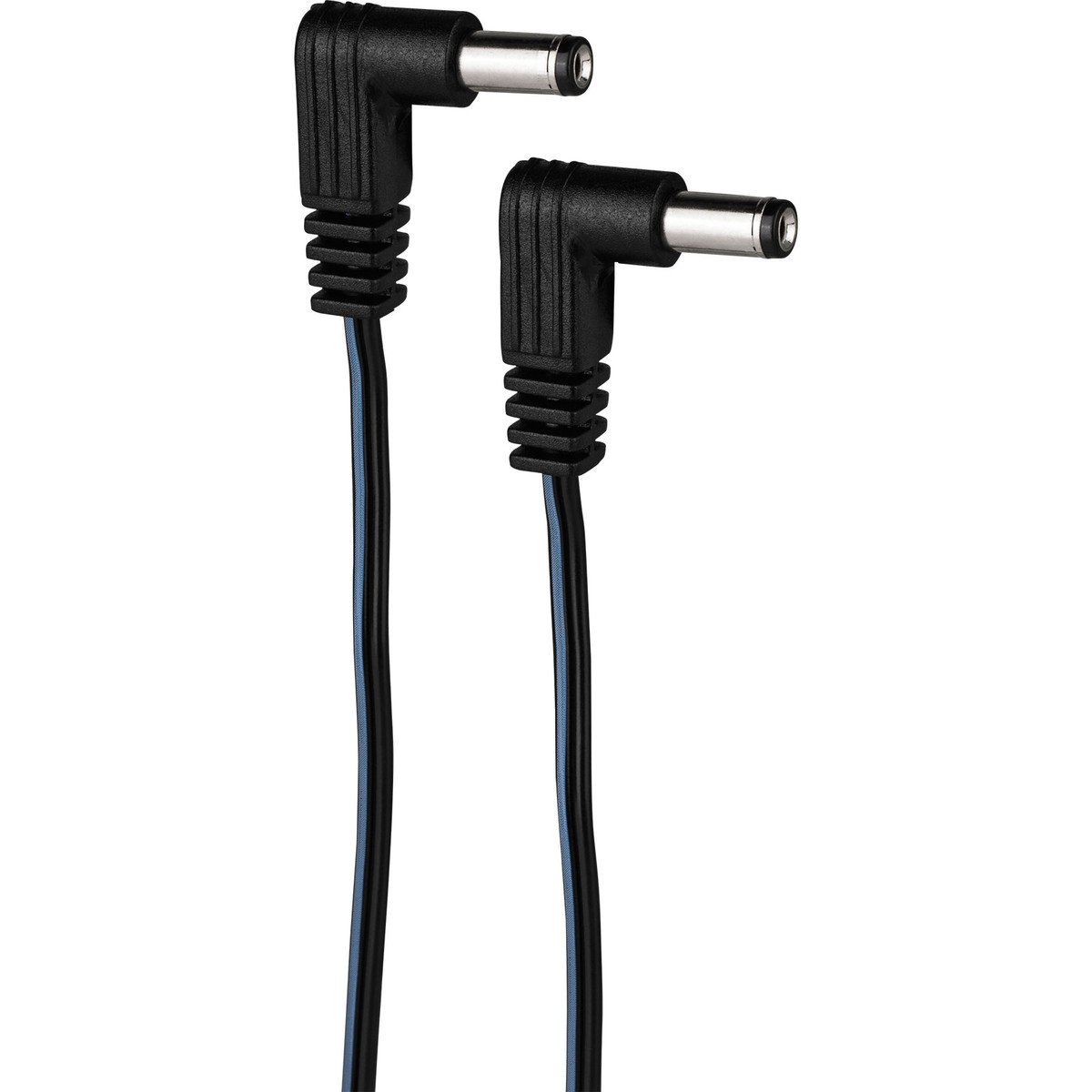
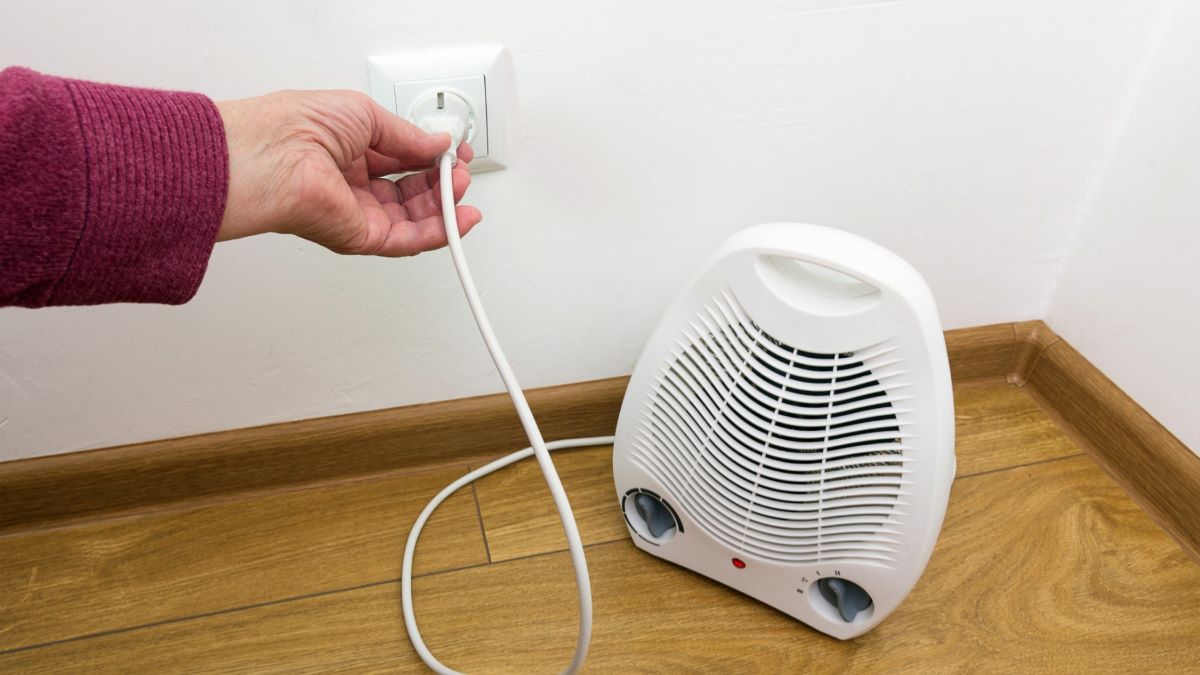

0 thoughts on “Why Is My Extension Cord Light Flickering”